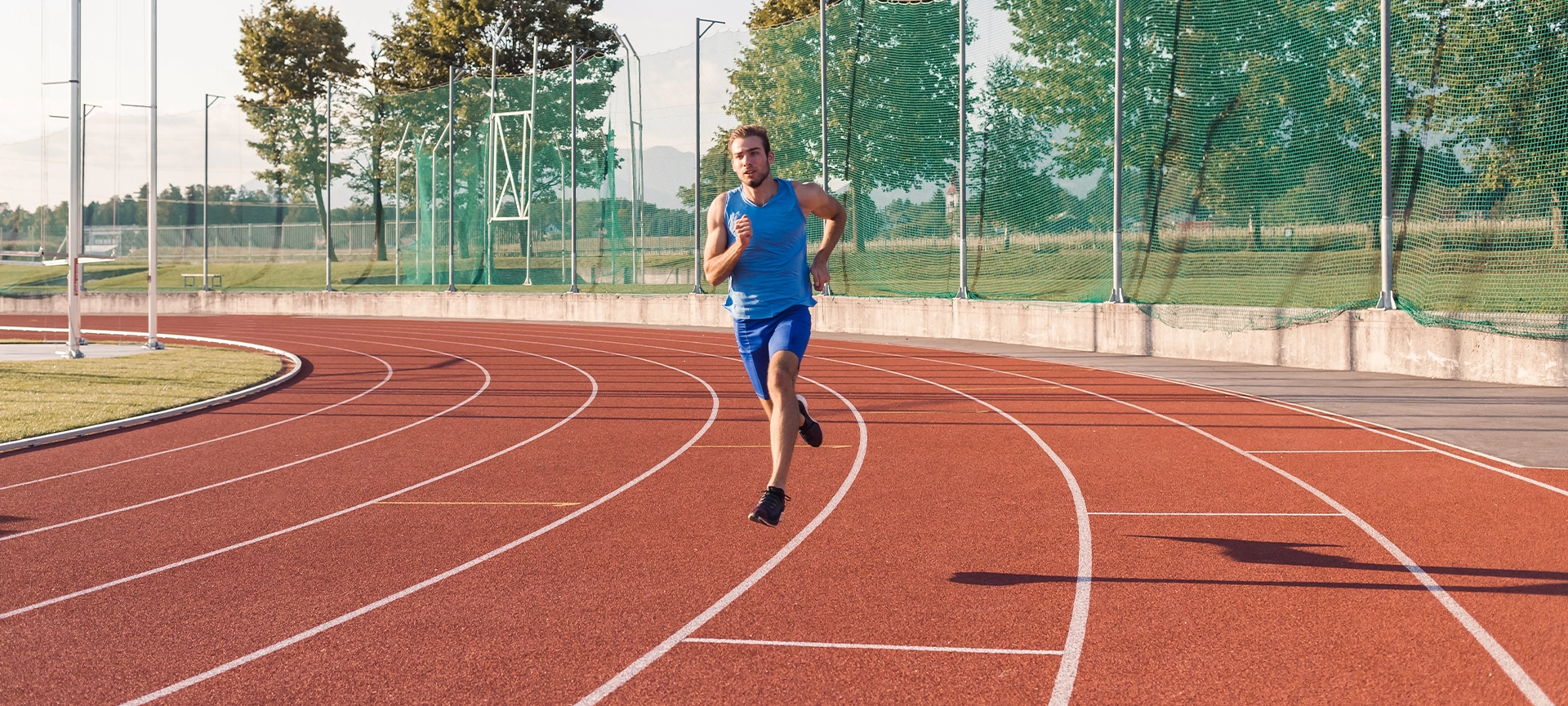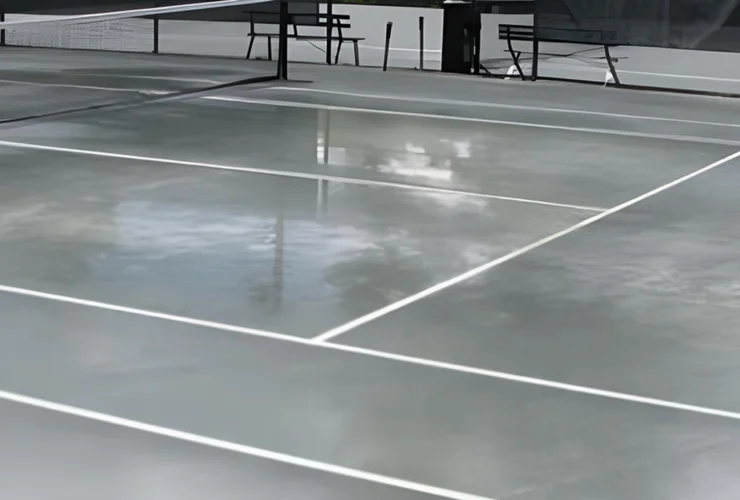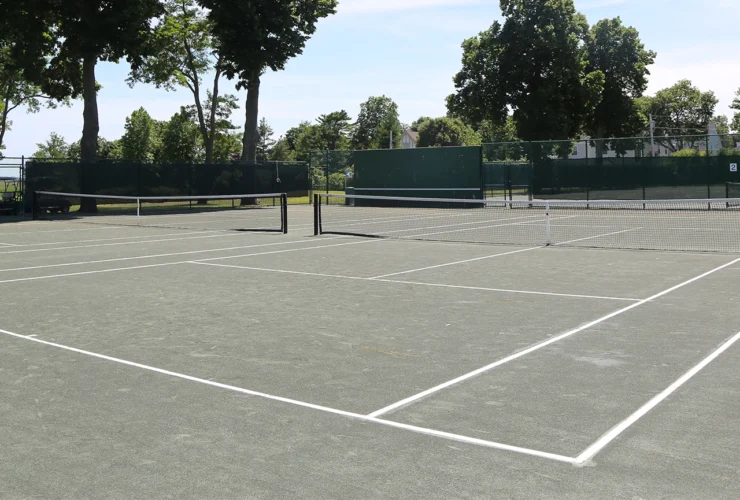Step-by-Step Guide to Running Track Installation: What You Need to Know
Creating a high-calibre running track requires careful planning, precise execution, and an understanding of the key factors that contribute to its success.
In this guide, we’ll walk you through the essential steps of running track installation, providing valuable insights and expert advice to ensure your project meets the highest standards of quality and performance.
Related Article: Why Running Tracks Matter: Importance of Quality Surfaces in Brampton
Planning and Preparation: Crucial First Steps
Before any construction begins, meticulous planning and preparation are essential for a successful running track installation. This phase lays the groundwork for a durable, high-performing, safe track surface.
Site Assessment
Choosing the right location is paramount. Consider the following factors:
- Accessibility: Ensure the site is accessible for athletes, coaches, and maintenance equipment.
- Space: The area must accommodate the track’s dimensions, including safety zones and potential spectator areas.
- Environmental Conditions: Assess sun exposure, wind patterns, and potential drainage issues. These factors can influence track orientation and material choices.
Related Article: The Importance of Accurate Grading for Successful Sports Court Drainage
Track Design and Layout
The design and layout should match the intended use and athletic standards.
- Track Types: Common types include standard oval tracks for running and walking, straight tracks for sprints, and specialized tracks for field events.
- Accurate Measurements: Precise measurements are critical to ensure the track meets official regulations and provides fair competition conditions.
- Markings: Plan the layout of lane markings, starting lines, and other markings to follow regulations and enhance visibility.
Base Construction
A stable and well-drained base is crucial for a long-lasting running track.
- Excavation: Excavate the site to the required depth, ensuring proper sloping for drainage.
- Grading: Grade the sub-base to create a level and smooth surface, minimizing undulations that can affect track performance.
- Compaction: Compact the sub-base using specialized equipment to achieve the necessary density and stability, preventing future settling or shifting.
These initial stages will set the stage for a successful running track installation that meets the highest standards of quality and performance.
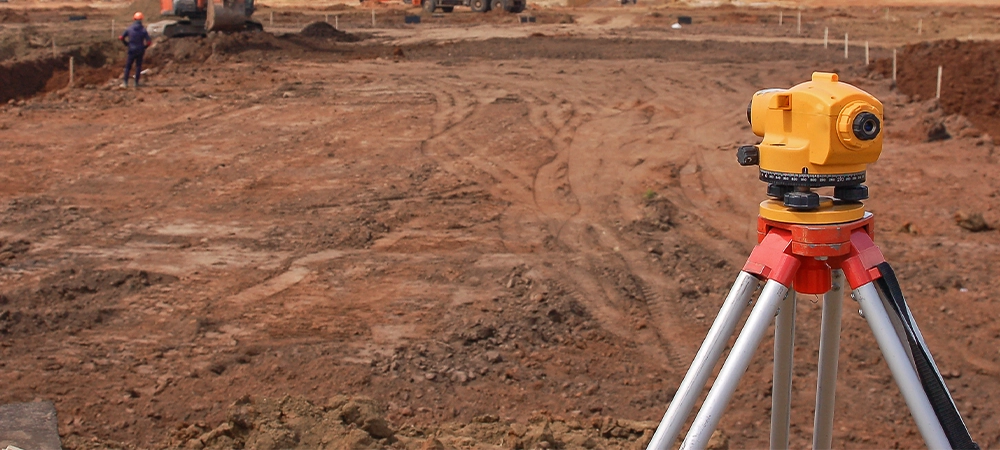
Surface Selection: Expert Guidance
The choice of running track surface significantly impacts athlete performance, safety, and the longevity of the track itself. Understanding the different options and their characteristics is crucial for making an informed decision.
Types of Running Track Surfaces
Several types of surfaces are commonly used for running tracks, each with its own set of properties:
- Synthetic Rubber: These surfaces are known for their excellent shock absorption, durability, and weather resistance. They provide a good balance of speed and cushioning, making them suitable for various athletic disciplines.
- Polyurethane: Polyurethane surfaces offer exceptional resilience, energy return, and spike resistance. They are often preferred for high-level competitions due to their performance-enhancing qualities.
- Tartan: Tartan is a popular type of polyurethane surface that provides a consistent and reliable running experience. It’s known for its vibrant colours and ability to withstand heavy use.
- Sandwich System: This system combines layers of different materials, like rubber and polyurethane, to optimize performance and durability. It offers a customized solution based on specific needs.
Choosing the Right Surface
Selecting the appropriate surface depends on several factors:
- Budget: Synthetic rubber surfaces are generally more budget-friendly, while polyurethane and sandwich systems tend to be more expensive.
- Intended Use: Consider the type of athletic activities the track will host. Sprinting events may benefit from a firmer surface, while long-distance running may require more cushioning.
- Maintenance Requirements: Synthetic rubber surfaces are typically low-maintenance, while polyurethane surfaces may require more specialized care.
- Climate: Consider the local climate and weather conditions. Some surfaces are more resistant to extreme temperatures or heavy rainfall.
Related Article: Outdoor Vs. Indoor Running Tracks: Which Is Best for Your Needs?
Installation Process (Step-by-Step)
With planning and preparation complete, the installation process can begin. This phase demands precision, expertise, and adherence to best practices to ensure a high-quality running track.
Laying the Base
The base layer provides the foundation for the track surface, ensuring stability and proper drainage.
- Install Edging: Install edging or curbing around the perimeter of the track area to contain the base material and provide a clear boundary.
- Apply Binder Course: A binder course, typically made of asphalt, is laid over the compacted sub-base. This layer provides additional stability and a smooth surface for the subsequent layers.
- Level and Compact: The binder course is carefully levelled and compacted using specialized rollers to achieve a uniform and dense surface.
- Ensure Drainage: Ensure proper sloping and drainage channels are incorporated to prevent water accumulation on the track surface.
Applying the Surface
Applying the chosen surface material requires specialized equipment and skilled technicians.
- Prepare the Surface: The binder course is cleaned and primed to ensure proper adhesion of the track surface material.
- Mix and Apply: The chosen surface material, whether synthetic rubber or polyurethane, is mixed according to manufacturer specifications and applied using specialized paving machines.
- Cure and Set: Allow the surface material to cure and set according to the manufacturer’s recommended timeframe. This ensures optimal performance and durability.
Line Marking and Finishing Touches
Accurate line marking is essential for a professional-looking and functional running track.
- Precise Measurement: Carefully measure and mark the track lanes, starting lines, and other markings according to official regulations.
- Apply Marking Material: Use specialized marking paint or tape designed for running tracks. Ensure the markings are highly visible, durable, and resistant to wear and tear.
- Final Inspection: Conduct a thorough inspection to ensure all markings are accurate, the surface is smooth and even, and the track meets the required standards.
By following these steps and adhering to best practices, the installation process will result in a high-quality running track that provides optimal performance and safety for athletes.
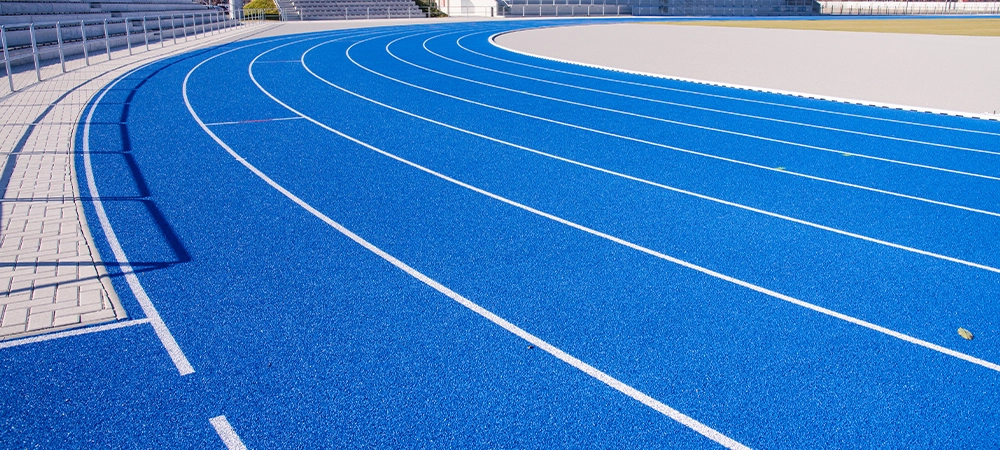
Maintenance and Care (Ensuring Longevity)
A well-maintained running track enhances its lifespan and ensures optimal performance and safety for athletes. Implementing a regular maintenance program is crucial to preserving the track’s quality and minimizing repair costs.
Regular Cleaning
Keeping the track surface clean is essential for preventing debris buildup and maintaining its appearance.
- Regular sweeping
- Periodic washing
- Address spills promptly
Preventative Maintenance
Taking preventative measures can address potential issues and extend the track’s lifespan.
- Inspect regularly
- Maintain drainage
- Protect from weather
Resurfacing
While regular maintenance can significantly extend the track’s lifespan, periodic resurfacing is inevitable to maintain optimal performance.
- Look for signs of wear and tear, such as significant fading, cracking, or loss of surface texture. These indicate the need for resurfacing.
- Resurfacing typically involves removing the existing surface layer, repairing any damage to the base, and applying a new surface material.
- Engage experienced professionals like Crowall for resurfacing projects to ensure proper execution and adherence to manufacturer guidelines.
These maintenance and care practices can preserve the quality and performance of your running track. This ensures a safe and enjoyable experience for athletes for years.
Building Tracks, Building Champions
When it comes to constructing a running track that meets the highest standards of excellence, partnering with experienced professionals is crucial. Crowall brings extensive expertise in sports surface construction, specializing in running track installation across Ontario. Our team understands the intricacies of track design, base construction, and surface application, ensuring a seamless and successful project from start to finish.
If you’re ready to embark on your running track project, Crowall is here to guide you every step of the way. Contact us today for a free consultation and quote, and let our experts help you build a track that promotes athletic achievement and inspires a passion for sports.

